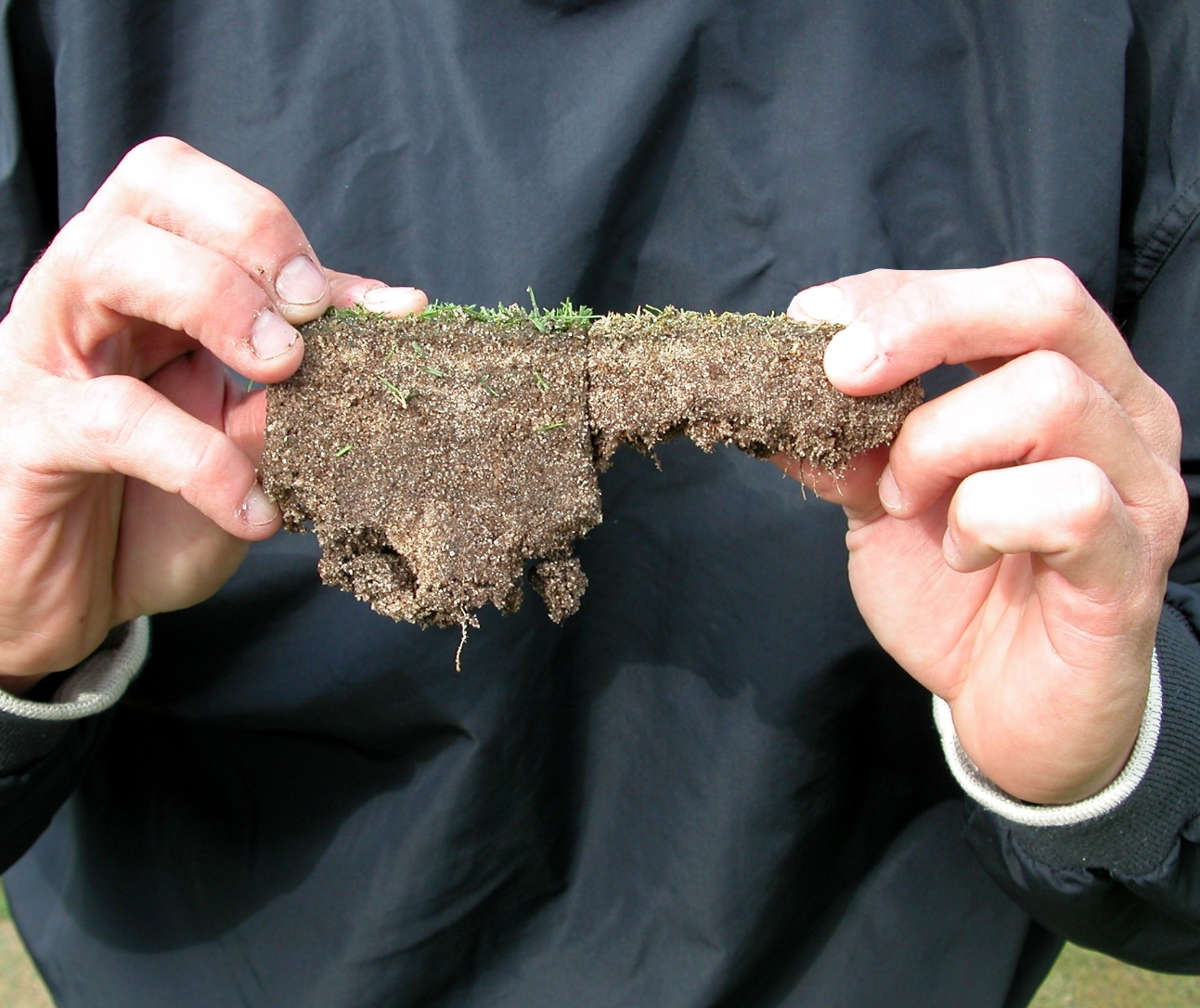Causes of Varying Nematode Numbers
For any superintendent battling nematodes, results from nematode lab analysis before, during, and after nematicide application are frustrating and confusing. Here’s why:
- Variability across an individual green - University of Florida data show that populations can vary by 100-fold when sampled on 4-foot centers across a green
- Lifecycle variability - since lifecycles are approximately 28 days long for most species, populations may vary dramatically on 28-day cycles
- Soil temperature effects - soil-borne nematodes increase with increasing soil temperatures, thus samples taken on two different dates can show significantly different results. Furthermore, nematodes will also move up and down within a profile depending on temperature
- Soil moisture effects - some nematodes move up and down in the soil in response to moisture
- Root mass effects – nematode populations increase with better rooting and decrease as rooting declines. Therefore, improved rooting after an Indemnify® application can actually increase nematode populations as determined by lab analysis
- Lance nematodes - are not consistently controlled by any of the current commercially available nematicides according to university nematologists
- Other soil-borne pests - nematodes are usually present with other soil borne pests like Pythium root rot, take all root rot, or summer patch that could all magnify the effect of a relatively low population of nematodes
- Biotic stresses magnify nematode stress - even low nematode populations can cause damage when the turf is compromised by environmental conditions like temperature extremes, compaction, shade, traffic, etc.
- Take-home message:
- Nematode lab analysis is critical when first diagnosing a nematode problem
- Once a positive nematode lab analysis can be correlated with damage, start a nematicide program immediately, including the highly effective Indemnify
- Judge results of your nematicide program on turf quality and turf response to stress and inputs
- Consider future nematode lab analysis if symptoms spike
- More information – Always refer to the label for specific recommendations. See attached information and contact your Envu Area Sales Manager if you need assistance
Rooting often improves after an application of Indemnify to nematode-infected turf. Improved rooting supports additional nematodes so lab samples could indicate an increase in nematode populations after a nematicide application (Envu)


